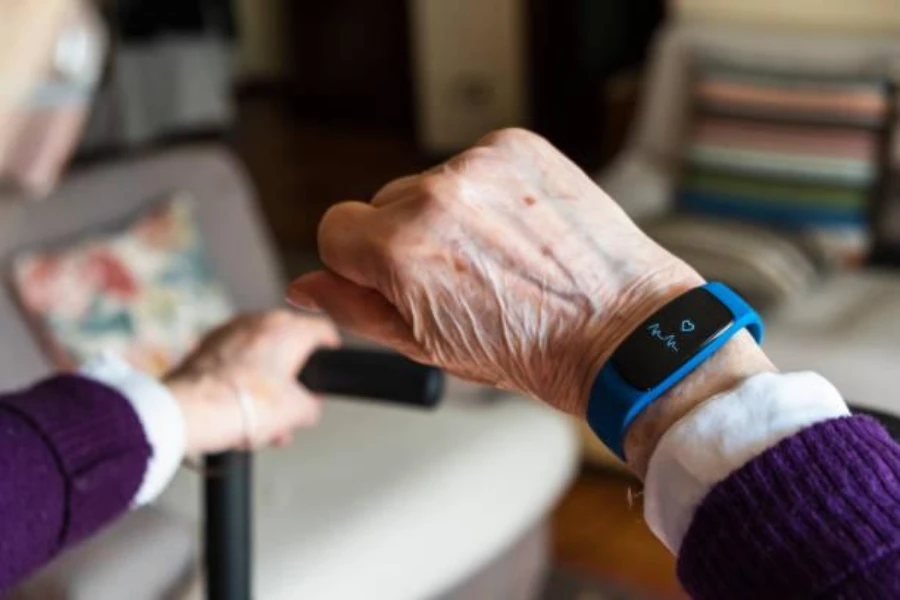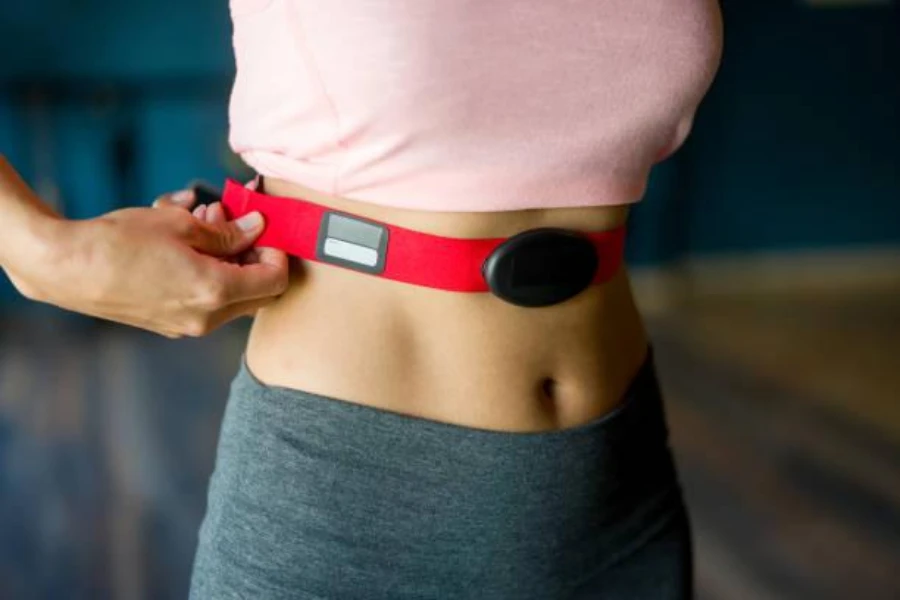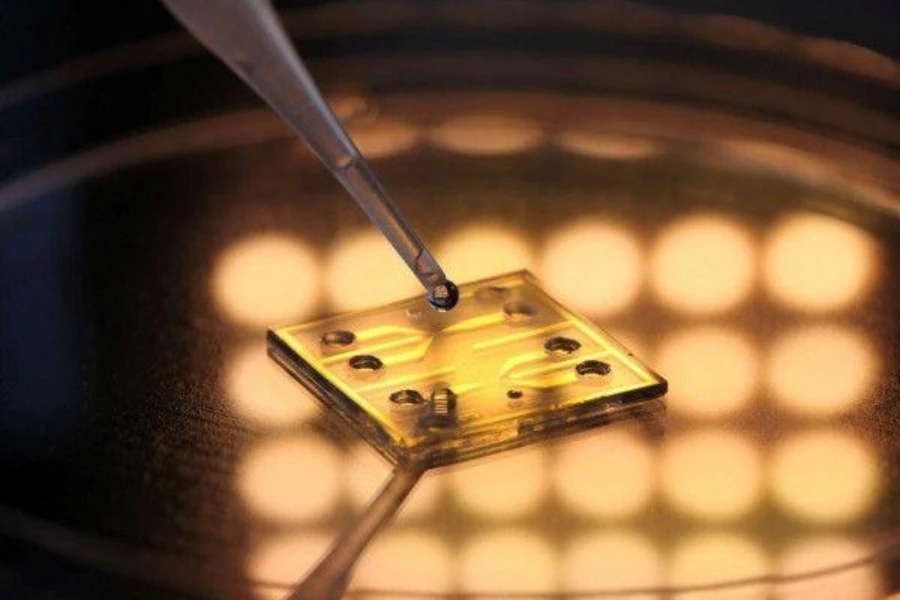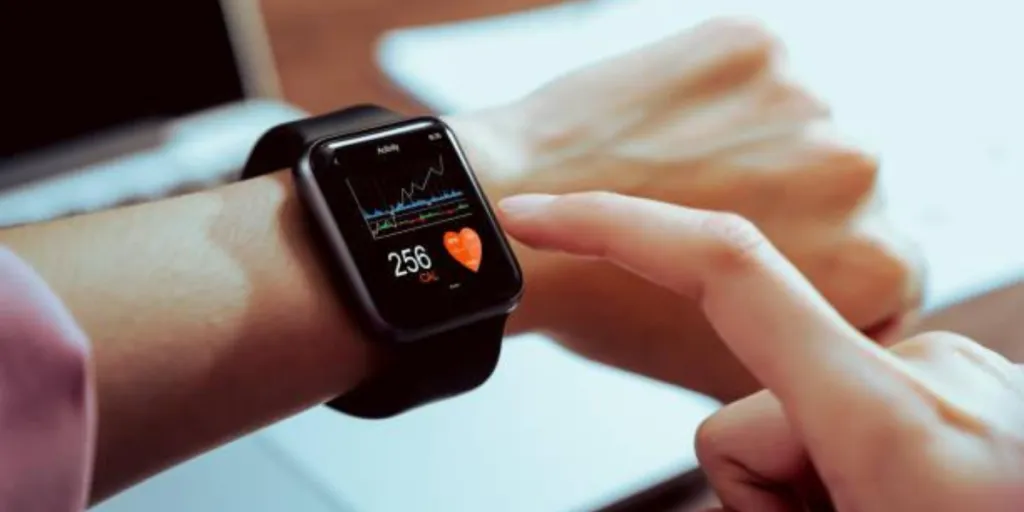The world is ever-changing, and technology is on its way to making almost everything “smart.” No industry is left behind in the digital technology system, from smartphones to smart TVs and now smart healthcare technologies.
Smart healthcare creates devices that improve people’s lives by reducing health risks and improving their well-being. Some devices even allow medical practitioners to customize patients’ needs, improving healthcare access.
Smart healthcare is at the forefront of alleviating the global shortage of medical resources, and businesses can enter this market with these five outstanding trends for 2024.
Table of Contents
Is the smart healthcare market booming in 2024?
Smart health technologies: 5 trends to leverage
The bottom line
Is the smart healthcare market booming in 2024?

The global smart healthcare market has expanded greatly. The most recent report, in 2021, the market value was estimated at USD 151 billion. The market is steadily rising as experts predict it will reach USD 468.27 billion by 2030 at a 13.4% compound annual growth rate (CAGR).
The market’s drivers include the rising popularity of IoT (internet of things) and the increasing use of mobile health. North America led the smart healthcare market in 2021, accounting for a whooping 33% of the total revenue.
Smart health technologies: 5 trends to leverage
Fitness trackers

Fitness trackers are a popular choice among consumers due to their versatile technology. Whether a fitness band or other variable tech, their incredible features include personalized fitness advice, immediate health feedback, and activity pattern analysis/identification.
But that’s not all. These smart devices are great for monitoring glucose levels and helping users manage blood sugar levels—especially if they have diabetes. Fitness trackers also help improve sleep health by recording the user’s sleep quality and quantity.
In addition to their many benefits, fitness trackers are also great motivators, helping users stay active and improve their general health. Many consumers are always searching for good fitness trackers, and their 1350000 average monthly searches prove they are in high demand.
Smart health watches

The era of smartwatches serving as simple pedometers merely tracking steps is long gone. Today, they resemble miniature computers on users’ wrists, seamlessly integrating into health and fitness routines.
Do consumers want to eat healthy? Smartwatches can help them log meals throughout the day, assisting users to stick to a healthy routine. They also serve as reminders to stay hydrated, reducing the risks of certain health problems associated with inadequate water intake.
Certain smartwatches come equipped with amazing detector systems capable of alerting emergency numbers when wearers remain immobile for extended periods. This feature is particularly handy for seniors and individuals with higher chances of collapsing.
But there’s more! Some smartwatches can detect body temperature spikes, alerting users of potential fever. The best part is this temperature reading feature can also help monitor fertility.
Smartwatches are among the most accessible and sought-after smart health technologies. According to Google Ads, consumers search for these devices over 5,000,000 times monthly.
Wearable ECG monitors

Heart health is crucial for overall well-being, meaning users must monitor it regularly to ensure efficient blood flow. Previously, electrocardiogram (ECG) machines were exclusive to hospitals. But now, wearable ECG monitors have hit the market—and they’re just as good.
Wearable ECG monitors offer real-time vital signs data for medical professionals and can even track signs of cardiac stress during kidney dialysis. The best part is these smart health devices represent a significant advancement in remote healthcare.
They allow family, friends, and medical professionals to access recorded data, allowing users to avoid invasive testing procedures often associated with traditional ECG monitors.
Biosensors

Biosensors integrate biological elements with physicochemical detectors, which help detect specific chemical substances (analytes) in food or the human body. These devices have made big names for themselves in general healthcare monitoring.
These devices are crucial for screening and identifying highly infectious diseases, potentially saving the lives of thousands or even millions of people. Their rapid detection capabilities for underlying health problems make them a highly sought-after device for medical professionals.
Biosensors’ non-invasive technology combined with their effectiveness puts them on the verge of changing the world, and with 40,500 monthly online searches (based on Google Ads), many people agree, too!
Wearable blood pressure monitors

High blood pressure is one of the most common health problems facing people of all ages today. Hence, continuous blood pressure monitoring is necessary for preventing cardiovascular diseases early—and that’s where wearable blood pressure monitors come in.
These devices track pulses and utilize optical sensors/photoplethysmography (PPG) to measure blood pressure 24/7 continuously. Moreover, wearable monitors can provide past measurements, comparing them with recent ones to record any improvements or deterioration.
They also do not require frequent cuff inflation, which many people find uncomfortable. Searches for these devices peak at 4,400 monthly searches—and although it’s not that high, wearable blood pressure monitors still have a respectable audience.
The bottom line
The emergence of smart healthcare technology has addressed various issues, especially in global medical staffing shortages. The best part is these technologies are available to everyone, regardless of health status.
Healthy people can use these devices to monitor their health and prevent future health problems, and people diagnosed with health issues can use them to closely monitor their condition.
Overall, digital technology is changing the world, and it’s best to remain ahead of the curve. Leverage these smart health technologies to offer a cutting-edge inventory in 2024.




